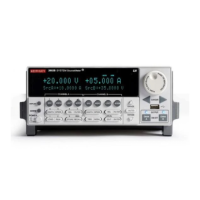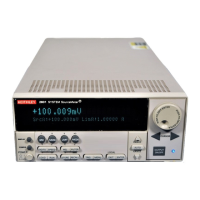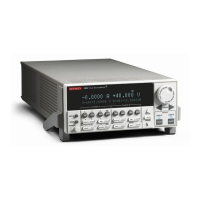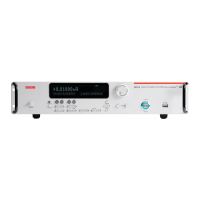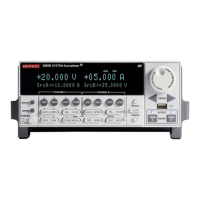System SourceMeter® Instrument Reference Manual Section 3:
2600BS-901-01 Rev. C / August 2016 3-89
TSP-Link synchronization lines
The Series 2600B has three synchronization lines that you can use for triggering, digital I/O, and to
synchronize multiple instruments on a TSP-Link
®
network.
The Models 2604B, 2614B, and 2634B do not have a TSP-Link
®
interface.
Connecting to the TSP-Link system
The TSP-Link
®
synchronization lines are built into the TSP-Link connection. Use the TSP-Link
connectors located on the back of the Series 2600B. If you are using a TSP-Link network, you do not
have to modify any connections. See TSP-Link system expansion interface (on page 6-46
) for
detailed information about connecting to the TSP-Link system.
Using TSP-Link synchronization lines for digital I/O
Each synchronization line is an open-drain signal. When using the TSP-Link
®
synchronization lines
for digital I/O, any node that sets the programmed line state to zero (0) causes all nodes to read 0
from the line state. This occurs regardless of the programmed line state of any other node. Refer to
the table in the Digital I/O bit weighting (on page 3-85
) topic for digital bit weight values.
Remote TSP-Link synchronization line commands
Commands that control and access the TSP-Link
®
synchronization port are summarized in the
following table. See the TSP command reference (on page 7-1
) for complete details on these
commands. See the table in Digital I/O bit weighting (on page 3-85) for the decimal and hexadecimal
values used to control and access the digital I/O port and individual lines.
Use the commands in following table to perform basic steady-state digital I/O operations; for example,
you can program the Series 2600B to read and write to a specific TSP-Link synchronization line or to
the entire port.
The TSP-Link synchronization lines can be used for both input and output. You must write a 1 to all
TSP-Link synchronization lines that are used as inputs.
Remote synchronization line commands
Command Description
Reads one digital I/O input line.
Reads the digital I/O port.
tsplink.writebit(bit, data)
Writes data to one digital I/O line.
Writes data to the digital I/O port.
tsplink.writeprotect = mask
Sets write-protect mask of the digital I/O port.
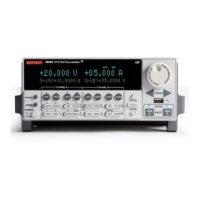
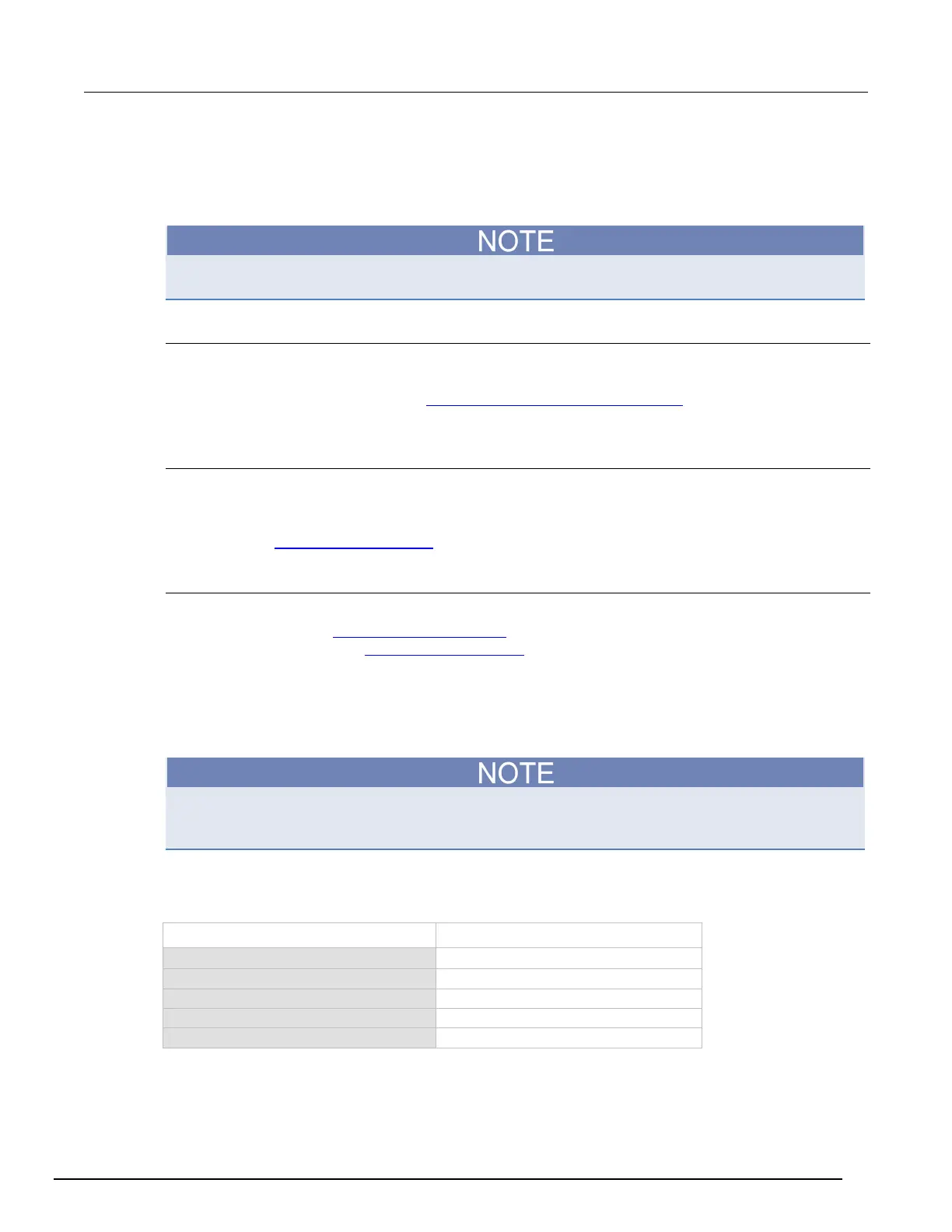